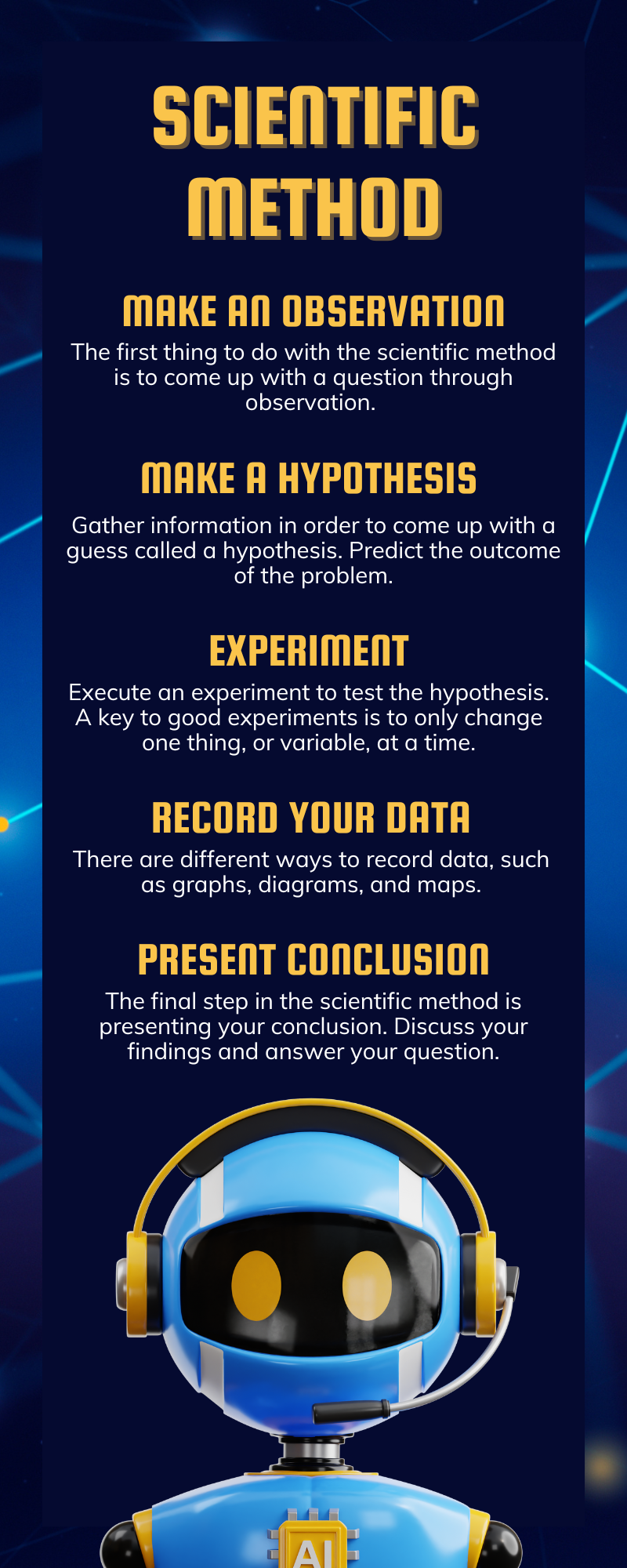In the realm of discovery and understanding, the Scientific Method stands as a guiding beacon. It is a well-structured approach that enables researchers and scientists to investigate the unknown, solve complex problems, and gain deeper insights into the natural world.
Whether unravelling the mysteries of the cosmos or uncovering the secrets of microscopic life, the Scientific Method remains an indispensable tool. This article dives into the nuances of the method, its significance across disciplines, and how it shapes our understanding of reality.
Scientific Method: An In-Depth Exploration

What is the Scientific Method?
At its core, the Scientific Method is a systematic procedure designed to explore natural phenomena through observation, experimentation, and analysis. It provides a framework for researchers to formulate hypotheses, conduct experiments, gather data, and draw conclusions based on evidence. This method’s rigorous structure ensures that findings are reliable, repeatable, and can withstand scrutiny.
Key Steps of the Scientific Method
- Observation: The journey begins with observing a phenomenon or asking a question about the natural world. This initial curiosity serves as the foundation for the entire process.
- Research: Conduct thorough research to gather existing information related to the observed phenomenon. This step helps in understanding the background and context of the subject.
- Hypothesis Formulation: A well-informed guess or hypothesis is crafted, suggesting a potential explanation for the observed phenomenon. This hypothesis is the driving force behind subsequent experiments.
- Experimentation: Design and execute controlled experiments to test the validity of the hypothesis. Variables are manipulated, data is collected, and observations are made.
- Data Collection: Gather accurate and relevant data during the experiments. This data serves as the empirical evidence to support or reject the hypothesis.
- Analysis: Scrutinize the collected data using statistical tools and methodologies. This analysis determines whether the hypothesis is supported or disproven.
- Conclusion: Based on the analysis, draw a conclusion about the hypothesis’s validity. If supported by evidence, the hypothesis can evolve into a theory or principle.
Applications Across Disciplines
The Scientific Method transcends disciplinary boundaries and is integral to various fields. From the natural sciences to social sciences and beyond, this method serves as the bedrock of inquiry and exploration. In biology, it aids in understanding genetics and ecosystem dynamics. In physics, it led to the discovery of fundamental particles and the laws of motion. Even in social sciences, it guides the study of human behavior and societal structures.
Advancing Human Knowledge
The relentless pursuit of knowledge is woven into the fabric of human nature, and the Scientific Method is the vehicle that propels us forward. It empowers us to ask questions, challenge assumptions, and expand our understanding of the universe. Every scientific breakthrough, from the theory of relativity to groundbreaking medical advancements, can be attributed to the disciplined application of this method.
Frequently Asked Questions (FAQs)
- What is the primary purpose of the Scientific Method?
The primary purpose of the Scientific Method is to provide a structured approach for investigating and understanding natural phenomena in a systematic and reliable manner. - Can the Scientific Method be applied outside of scientific research?
Absolutely! While it’s most commonly associated with scientific research, the principles of the Scientific Method can be applied to problem-solving in various fields and everyday decision-making. - Is the Scientific Method a linear process?
While it’s often depicted as a linear sequence, the Scientific Method is more dynamic. Researchers might revisit and revise earlier steps as new insights emerge during experimentation and analysis. - Why is reproducibility important in the Scientific Method?
Reproducibility ensures that the results of experiments can be independently verified, strengthening the credibility of scientific findings and allowing for further exploration. - Are creativity and intuition involved in the Scientific Method?
Yes, creativity and intuition play a role, especially in forming hypotheses and designing experiments. These qualities complement the method’s systematic approach. - Is the Scientific Method limited to empirical sciences?
While empirical sciences heavily rely on the method, its principles can be adapted to theoretical sciences as well. The process of forming hypotheses, testing them, and refining theories applies broadly.
Conclusion
In a world teeming with mysteries and complexities, the Scientific Method serves as a guiding light, illuminating the path to understanding.
From its inception to modern applications, this systematic approach to inquiry has shaped humanity’s knowledge, advancements, and the very fabric of progress.
By adhering to its principles, scientists and researchers continue to push the boundaries of human understanding, inching closer to unlocking the secrets of the universe.





